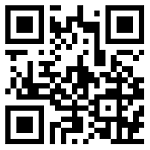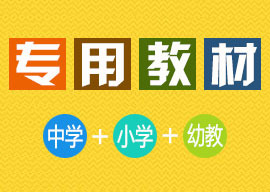提醒:点这里加小编微信(领取免费资料、获取最新资讯、解决考教师一切疑问!)
[注解]there be sb./sth doing与there be sb./sth to do 有所不同:用doing表示一个正在发生的事情,而用to do 则表示一个滞后或迟于there be的动作。如: Look! There is a dog lying on the stairway. / Take your time. There is nothing for you to do tonight.
(18)borrow、lend、keep的用法:表示“借”的三个词,borrow“借进”、lend“出借”都是一次性动作,不可以和表示一段的时间状语连用;keep“保存”用来表示借一段时间。如: I have lost the book I borrowed from my teacher. What can I do? (我丢掉了从老师那里借来的书)/ How long have you kept my dictionary,eh?For more than two months! (呃,我的字典你借了多久了?两个多月了!)
(19)bring、take、carry、send、lift的用法:bring指从远处“拿来”;take指从面前“拿走”;carry指一般的搬运,不涉及方向;send主要指“送、派遣、寄”;lift指把东西由低向高“提起、拎起”。例略。
(20)hope、wish的用法:两个词都表示“希望”,但是,hope表达有把握或信心实现的事情,后面直接跟动词不定式或者宾语从句,不可以跟动名词或作宾语补足语的不定式;wish表达实现的可能性不大的事情,后面跟名词、宾语从句(用过去时)或者作宾语补足语的不定式。如:We all hope to see him very soon. (我们全都希望尽快见到他)/ I hope it will be fine tomorrow so that we can go out. (我希望明天天好,这样我们就能出去了。)/ How I wish it was not raining at the moment!(我多么希望此刻不在下雨!)(事实上天正在下雨)
(21)take、spend、pay、cost的用法:
spend的宾语通常是金钱或时间,句型:sb.+(spend)+时间/金钱+on sth / (in) doing sth. ;
take的主语通常是事情,句型:sth./It + (take)+sb.+时间+to do… 。(如果是动作则常用it作形式主语将动词不定式后移);
cost的宾语通常是时间、金钱、力气,句型:sth. +(cost)+sb.+时间/金钱/力气. ;
pay的宾语通常是金钱,句型:sb.+(pay)+金钱+for+事物.
如:She spent the whole night reading the novel. (她花了一个晚上看那本小说)/ This job will take me two days.=It will take me two days to do the job. (做这件事情要花我两天的时间)/ How much does a house like this cost? (像这样的房子要花多少钱?)/ I paid him twenty dollars for the book.. (我花了20元从他那儿买了书)
(22)begin、start的用法:begin在大多数情况下可以替代start,(反义词是end),后面接不定式或动名词时区别不大,但是start还可以表示“开始、出发、启动”,反义词是stop;某事停止后再重新开始一般用start.如:When did you begin/start to learn English? (你什么时候开始学英语的?)/ They started getting in the crops after the rain stopped. (雨停后他们开始收割庄稼) / This time he could not start his car. (这次他没法启动他的汽车)
提醒:点这里加小编微信(领取免费资料、获取最新资讯、解决考教师一切疑问!)









